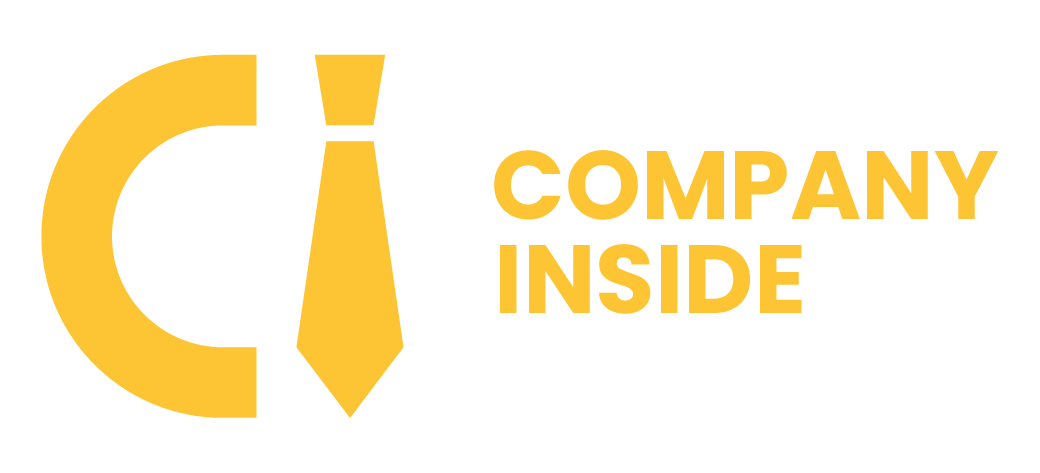Gamification is a widely-liked strategy for improving customer experiences all around the world. And surely, it’s increasingly making its way into the workplace as well. Gamification can be widely used in a modern business, one of the reasons why is for employee engagement improvement. Gamifying employee engagement is a step in the right direction and in this article we will tell you why.
First, learn more in our article on What Is Employee Engagement.
In this article let’s find out more on what gamification is and how gamifying employee engagement can be helpful in your business.
What is gamification?
In simple terms, gamification is the use of game-like elements in non-game circumstances.
Gamification in a company can benefit both clients and employees. A consumer-focused gamification example is the accumulation of points that offer prizes and demonstrate customer loyalty. In real life, as in this instance, points can also be used in games.
Gamification is utilized with employees primarily for the goal of raising engagement levels. Employees are frequently forced to complete easy tasks, earn badges or points, or move up leaderboards.
Gamification’s primary goal is to boost engagement, but it also works well because it’s enjoyable and frequently instructive. Before reading the next chapter, we recommend you check out our article to find out more on Why employee engagement is important.
Gamification can boost engagement
Increased productivity, greater job satisfaction, and eventually higher revenue are just a few advantages of having engaged employees. Gallup research reveals that only 36% of people are truly engaged at work, while 51% are wholly disengaged. Unfortunately, many businesses suffer with employee engagement.
Research also says that while low engagement already loses economies billions of dollars, high engagement may boost profitability by as much as 21%. However, only 16% of businesses implement any form of software for tracking employee engagement. This is where we see an opportunity to make big changes with relevantly easy solutions – gamification is one of those.
How to improve your employee engagement with gamification
The good news is that businesses are paying more attention than ever before to employee engagement. And luckily gamification is a key tool for raising it.
Here are a few ways on how to improve your employee engagement with gamification.
1. Friendly competition with leaderboards
You can encourage your employees to work harder by giving out points and placing them on a leaderboard. Of course, there should be clear-cut guidelines established beforehand, along with prizes for the winners.
This mostly pertains to learning procedures. However, it can also be utilized in a non-learning setting within a corporation.
This is a good way to improve employee motivation to do better at their job and find fun in it. Participants will have the opportunity to check leaderboards that show the top ten performances and will be rewarded with badges to recognize their accomplishments throughout the training process.
2. Game-based onboarding for learning
Employees who must read or watch passive content, such as large PDFs and lengthy videos, may become bored. Turning learning content into games allows content creators to increase overall engagement and interest in the content.
There are tools available to assist you in converting your video content into interactive video materials by enabling quiz creation. You can also use AI-powered features like auto-chaptering and automated closed captioning (subtitling), deep video search, hosting, and integration with any player.
3. Games of chance with great bonuses
There are two types of games available: skill games and chance games. Some people are motivated by the latter because they enjoy the element of chance in games. This is why lotteries and casino games are so popular all over the world.
As a result, some gamification techniques include using spin-to-win wheels or even scratch cards to increase employee engagement. Employees can put their luck to the test by participating in these games, spinning wheels, scratching cards, and hoping to win bonuses.
Games of chance may become available to employees who meet certain criteria, such as watching a video, completing a quiz, performing well on a test, and so on. It’s human nature to try harder when the potential reward is shrouded in mystery and there’s a chance to win large sums of money.
4. Employee award program
Badges, points, awards, and other forms of recognition are frequently included in initiatives aimed at improving employee engagement through gamification. They are frequently used with leaderboards, progress bars, and other gamification tools.
Many businesses do not limit themselves to badges or leaderboards. They may combine several methods to create a rewards program. To reward the most successful employees, for example, you can use game-based learning with quizzes and track employees’ learning progress via a leaderboard.
5. Progress bars for employee motivation
Employees are motivated when they believe they are making progress. When they are learning new skills, it is common for them to lose track of their progress. Worse, they may believe they are making no progress at all. A visual representation of their progress can help them better track their goals and determine whether their efforts are paying off.
A progress bar is a common visual representation for this. When an employee completes a task, learns a chapter, or does anything else that results in progress, the progress bar visually depicts their progress. Progress bars are commonly used in non-gaming contexts to display progress on a level in video games.
In conclusion
Overall, gamifying employee engagement is a great choice for any modern business. Gamification is a popular approach that can make employee engagement enjoyable. Including game elements in routine workplace activities can boost productivity.
Especially when combined with immediate feedback and the use of public recognition and rewards to further motivate a changing workforce.
We hope you enjoyed this article!

